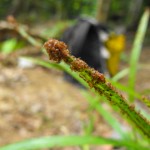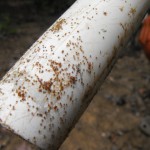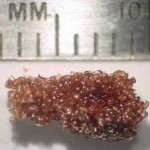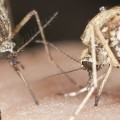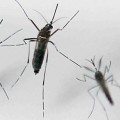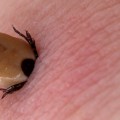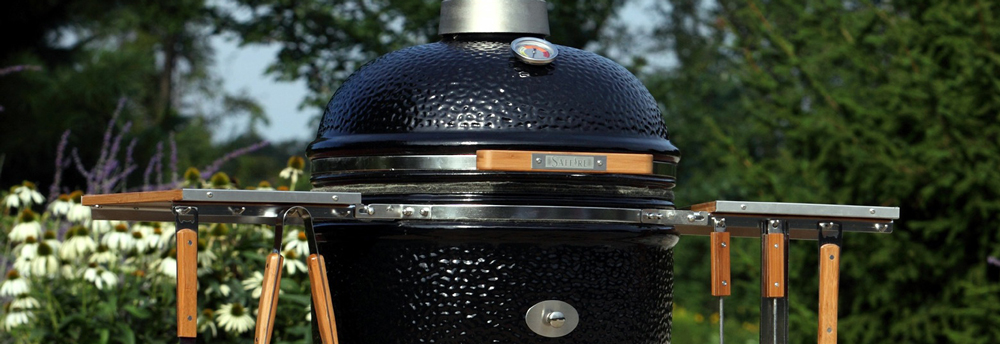5 Tips to Prevent Tick Bites

5 Tips to Prevent Tick Bites
Over the past 2 weeks, we’ve covered 12 diseases spread by ticks and took a detailed look at a tick-related red-meat allergy. You don’t have to avoid the outdoors, however. Preventing tick bites is easy with these five tips.
1. Avoid contact with ticks
Avoid wooded or bushy areas with high grass and leaf litter. Walk in the center of trails.
2. Dress Appropriately When Outdoors
Wear closed-toed shoes. Light-colored clothing will allow you to see ticks on your clothing. Tuck pant legs into socks to prevent ticks from finding your ankles.
3. Repel Ticks with Chemical Repellents
Use repellents that contain 20 to 30% DEET (Ben’s, OFF!, etc) on exposed skin an clothing for protection that lasts up to several hours. Always follow product instructions. Parents should apply this product to their children, avoiding hands, eyes, and mouth.
Permethrin should not be applied directly to the body. Instead, apply permethrin to clothing, footware, tents, and other gear with products containing 0.5% permethrin. It remains proactive through several washings. Pre-treated clothing is available and may be protective longer.
Other repellents registered by the EPA may be found here. Alternatively, you can use repellent locators like this or this.
4. Maintain Your Yard to Reduce Tick Presence
Clear out areas where lawn and tree debris gathers. Remember, ticks thrive in moist, shady areas. They tend to die in dry areas with full sunlight. Relocate compost piles away from high-traffic areas. Don’t position playground equipment, deck, and patios near areas with trees.
Eliminate leaf litter and brush by cleaning it up around the house and lawn edges. Keep your grass short.
If deer are a problem in your area, select plants and shrubs that are not hospitable to them or install physical barriers to keep deer out of your yard. Your local nursery should gladly assist you in making the best choices for your area.
Fences and walls (outdoors) are popular hiding places for ticks. Check them frequently.
Inspect pets regularly, especially after coming inside from the outdoors. Consult a veterinarian about using tick collars and sprays. When using a chemical repellent of any kind, be sure to carefully follow the manufacturer’s directions.
5. Call a Professional
Professional tick control utilizes barrier sprays that will eliminate adult ticks on contact. They also use “tick tubes”. These tubes are strategically placed, prompting field mice to incorporate tick-killing material into their bedding. This will eliminate hundreds of tick nymphs found in each mouse nest. While adult ticks and some species, even in their larval stage, are just as dangerous, tick-nymphs are responsible for most tick bites on humans.
To learn more about professional tick control, visit Mosquito Squad at www.mosquitosquad.com.
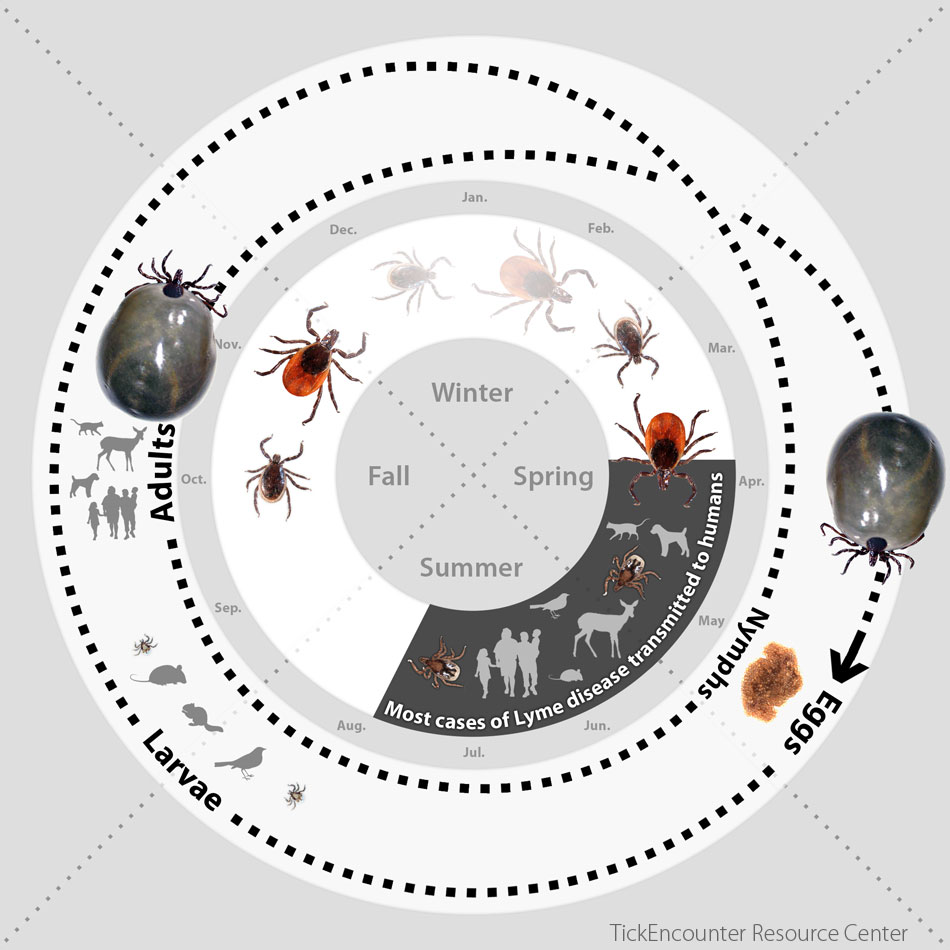
Extra Tip: Find and Remove Ticks from Your Body/Clothes
Bathe or shower as soon as possible after coming indoors (preferably within two hours) to wash off and more easily find ticks that may be crawling on you.
Conduct a full-body check using a hand-held or full-length mirror to view all parts of your body upon return from tick-infested areas. Parents should check their children for ticks under the arms, in and around the ears, inside the belly button, behind the knees, between the legs, around the waist, and especially in their hair.
Examine gear and pets. Ticks can ride into the home on clothing and pets, then attach to a person later, so carefully examine pets, coats, and day packs.
Tumble clothes in a dryer on high heat for an hour to kill remaining ticks. Some research suggests that shorter drying times may also be effective, particularly if the clothing is not wet.

